Weird of Oz: Scooby Meets Buffy (a Postscript)
 Last week’s post was prompted by a term I used fleetingly in my review of the new Scooby-Doo series two weeks ago: “post-Buffy.” Rather than go off on a tangent explaining what I meant by that in the midst of discussing Scooby-Doo! Mystery Incorporated, I promised any interested readers that I would devote a whole column to this concept of “post-Buffy” in my next installment.
Last week’s post was prompted by a term I used fleetingly in my review of the new Scooby-Doo series two weeks ago: “post-Buffy.” Rather than go off on a tangent explaining what I meant by that in the midst of discussing Scooby-Doo! Mystery Incorporated, I promised any interested readers that I would devote a whole column to this concept of “post-Buffy” in my next installment.
So last Sunday I posted “Weird of Oz Considers Postbuffyism,” primarily to reflect on how Buffy the Vampire Slayer (1997-2003) influenced later television.
 What caught me off guard was the pushback I got to my assessment of Buffy and its significance in television history. Of course, one or two people questioned the merits of the series itself — that’s okay; some people just don’t dig Buffy. Others asserted there were earlier series already using narrative innovations to weave multiple plot threads over several seasons, which I did acknowledge — my premise was not that Buffy was the first, only that it generally has been one of the most influential.
What caught me off guard was the pushback I got to my assessment of Buffy and its significance in television history. Of course, one or two people questioned the merits of the series itself — that’s okay; some people just don’t dig Buffy. Others asserted there were earlier series already using narrative innovations to weave multiple plot threads over several seasons, which I did acknowledge — my premise was not that Buffy was the first, only that it generally has been one of the most influential.
But then one commenter brought up a series that gave me pause: The X-Files. Here was a series to which much of what I said regarding Buffy could also apply, and which has arguably been as influential on genre television. This prompted me to formulate a response that itself grew into a post-script or a sequel to the original post, but before I get to that I’d like to take a moment to tie the last two posts more closely together: to explain why the new Scooby-Doo series got me to thinking about Buffy in the first place.
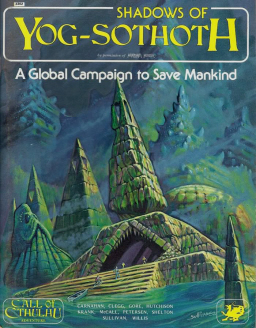
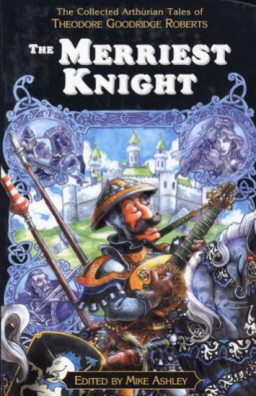





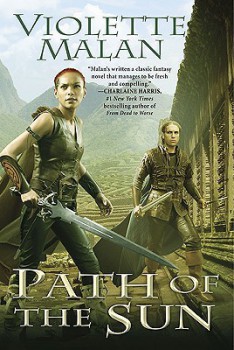
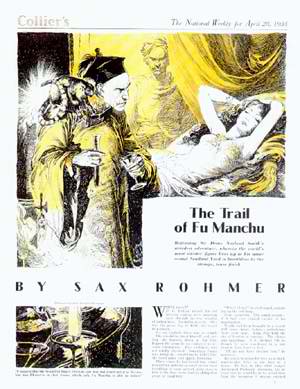
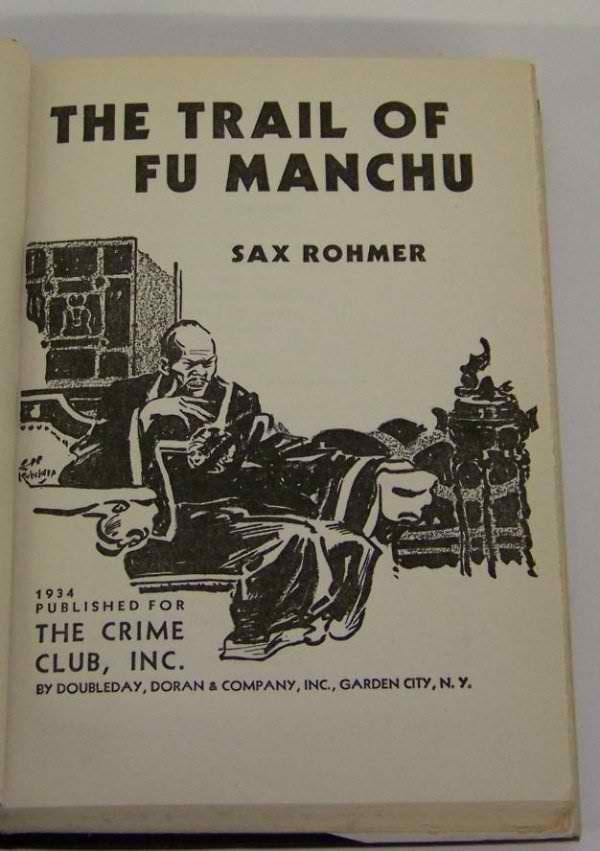
 When I was my students’ age, the SAT had two sections, not three. The verbal section was heavy on analogies, which the College Board has long since purged from the test. They added an essay in 2005, which to me feels like last week, but to my students, that’s a time when their ages were in single digits.
When I was my students’ age, the SAT had two sections, not three. The verbal section was heavy on analogies, which the College Board has long since purged from the test. They added an essay in 2005, which to me feels like last week, but to my students, that’s a time when their ages were in single digits.